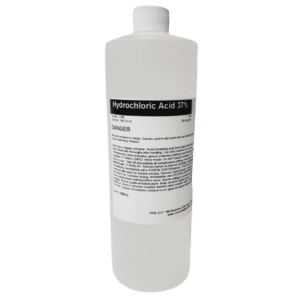Methylene Blue 1% Aqueous Stain/dye Solution
$9.99 – $12.99
- CAS# 61-73-4
- Molecular Formula
- C16H18ClN3S
- Molecular Weight
- 319.85 g/mol
- Synonyms
- INN
- Rember
- Methylthioninium chloride
Description
Methylene blue. It’s a strangely named drug, and how we take it has changed dramatically over time. It was initially used as a dye to color garments. Later on, researchers employed it as a stain to identify bacteria and parasites.
- Packaged in a Dropper Bottle
- Methylene blue Concentrated 1% Solution goes a very long way
- For Staining/Dye Use Only
- One of the most commonly used stains in biology
Precautionary statements:
If medical advice is needed, have product container or label at hand.
Keep out of reach of children.
Read label before use
Do not eat, drink or smoke when using this product.
Documents:
Additional information
| size | 30mL, 60mL |
|---|





